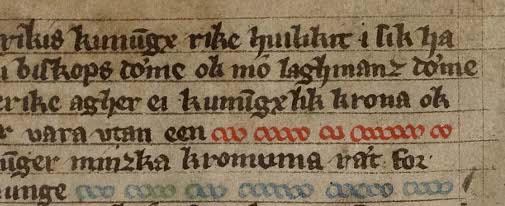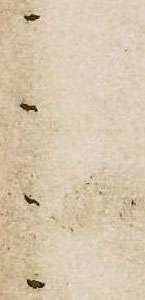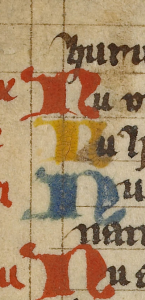Writing
Writing tools
Even though the tools for writing required a certain expertise to be produced, this could be done locally, which meant that book production could reach far and wide.
Pen: The word comes from the latin 'penna' which actually means 'feather'. The pen was originally a feather that was hardened in warm sand, after which it was cut diagonally. If the tip became dull, it could be sharpened again with a new diagonal cut.
Ink: The Old Norse 'blek' is a loanword from the English 'blaec' which means 'black'. The most common type of ink that was used in Nordic manuscript was made of iron gall ink - a mixture of gallotannic acid, sulfuric acid and a colouring agent. The brownish colour of the ink in the manuscript is caused by the oxidation of the acid; the colour had originally been black.



